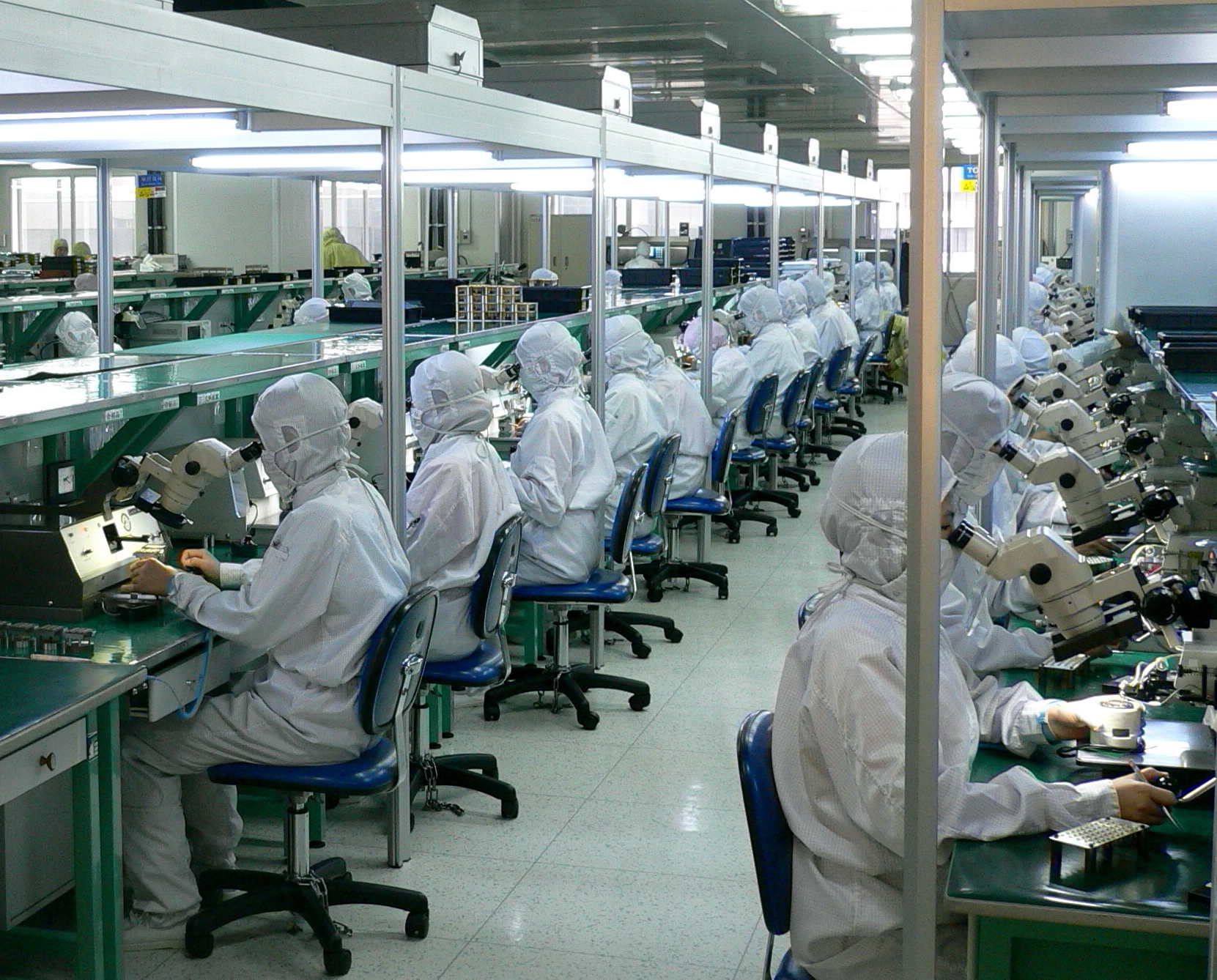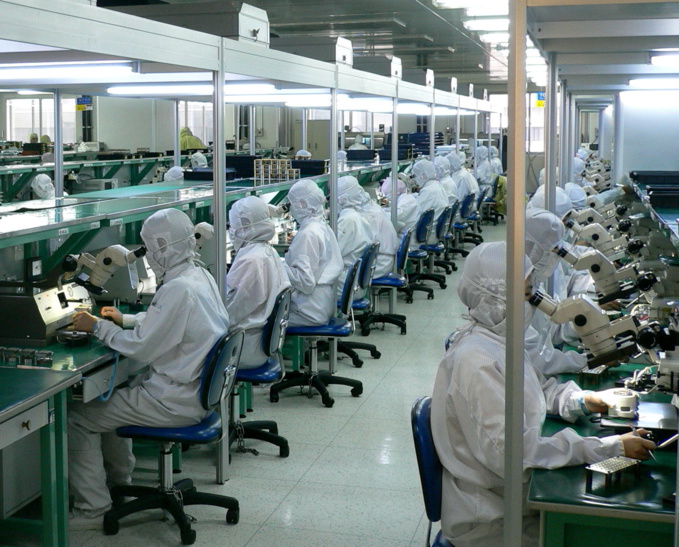Basic orders in mechanical engineering in November rose by 5.7% compared with the previous month, the Cabinet of Japan said on Wednesday. Analysts on average forecast a decrease of 1.4%.
In annual terms, orders increased by 4.1% instead of the expected decrease of 1%.
Orders from the non-manufacturing sector in November increased by 9.8% compared to the previous month, while orders from the manufacturing industry decreased by 0.2%.
Non-manufacturing sector, transport and postal services, as well as wholesale and retail trade and construction, demonstrated the largest increase in orders.
The restoration of exports of goods led to an increase in corporate profits and business investment. The latest data on basic orders in engineering show that non-manufacturing firms are also becoming more confident in business prospects.
Basic orders for machinery and equipment serve as an indicator of future investments and exclude volatile orders for ships and orders from electric power companies.
Earlier it was reported that, according to the government's data, the country's gross domestic product (GDP) grew by 2.5% in the third quarter compared to the previous three months.
This figure confirmed that the world's third largest economy has expanded its growth period to seven consecutive quarters, which is the longest period of expansion in 16 years, facilitated by the growth of the world economy and the efforts of Prime Minister Shinzo Abe to revitalize the Japanese economy.
Preliminary data showed an increase of 1.4%.
Abe is trying to stop the years of slow growth and deflation with the help of a policy that has been called Abenomics. This aggressive easing of monetary policy contributed to the weakening of the yen, increased exports and the dispersal of corporate profits.
Capital expenditures of the private sector increased by 1.1% compared to the previous quarter, initial estimates indicated a 0.2% increase in profits.
A survey of the Ministry of Finance, published last week, showed a much stronger capital expenditure in this quarter.
Growth in July-September was also caused by exports. According to recent data, external demand added 0.5 percentage points to overall growth.
Nevertheless, the government's efforts are not stimulating personal consumption yet. Absence of strong wage growth has led to sluggish consumer spending. The revised data showed that private consumption fell by 0.5% compared to the previous quarter, which corresponds to preliminary data.
Stocks are another factor that often leads to large revisions of Japan's GDP data. They also added 0.4 points to the expansion. Stockpiling cannot be repeated in the last quarter of the year, which raises doubts as to whether current growth rates can be sustainable by the end of the year.
While economists expect external demand to remain the driving force behind Japan's economic growth, some warn of the risk that private consumption may weaken further in the final quarter of the year, given data on weak household spending in October.
source: bloomberg.com
In annual terms, orders increased by 4.1% instead of the expected decrease of 1%.
Orders from the non-manufacturing sector in November increased by 9.8% compared to the previous month, while orders from the manufacturing industry decreased by 0.2%.
Non-manufacturing sector, transport and postal services, as well as wholesale and retail trade and construction, demonstrated the largest increase in orders.
The restoration of exports of goods led to an increase in corporate profits and business investment. The latest data on basic orders in engineering show that non-manufacturing firms are also becoming more confident in business prospects.
Basic orders for machinery and equipment serve as an indicator of future investments and exclude volatile orders for ships and orders from electric power companies.
Earlier it was reported that, according to the government's data, the country's gross domestic product (GDP) grew by 2.5% in the third quarter compared to the previous three months.
This figure confirmed that the world's third largest economy has expanded its growth period to seven consecutive quarters, which is the longest period of expansion in 16 years, facilitated by the growth of the world economy and the efforts of Prime Minister Shinzo Abe to revitalize the Japanese economy.
Preliminary data showed an increase of 1.4%.
Abe is trying to stop the years of slow growth and deflation with the help of a policy that has been called Abenomics. This aggressive easing of monetary policy contributed to the weakening of the yen, increased exports and the dispersal of corporate profits.
Capital expenditures of the private sector increased by 1.1% compared to the previous quarter, initial estimates indicated a 0.2% increase in profits.
A survey of the Ministry of Finance, published last week, showed a much stronger capital expenditure in this quarter.
Growth in July-September was also caused by exports. According to recent data, external demand added 0.5 percentage points to overall growth.
Nevertheless, the government's efforts are not stimulating personal consumption yet. Absence of strong wage growth has led to sluggish consumer spending. The revised data showed that private consumption fell by 0.5% compared to the previous quarter, which corresponds to preliminary data.
Stocks are another factor that often leads to large revisions of Japan's GDP data. They also added 0.4 points to the expansion. Stockpiling cannot be repeated in the last quarter of the year, which raises doubts as to whether current growth rates can be sustainable by the end of the year.
While economists expect external demand to remain the driving force behind Japan's economic growth, some warn of the risk that private consumption may weaken further in the final quarter of the year, given data on weak household spending in October.
source: bloomberg.com



















